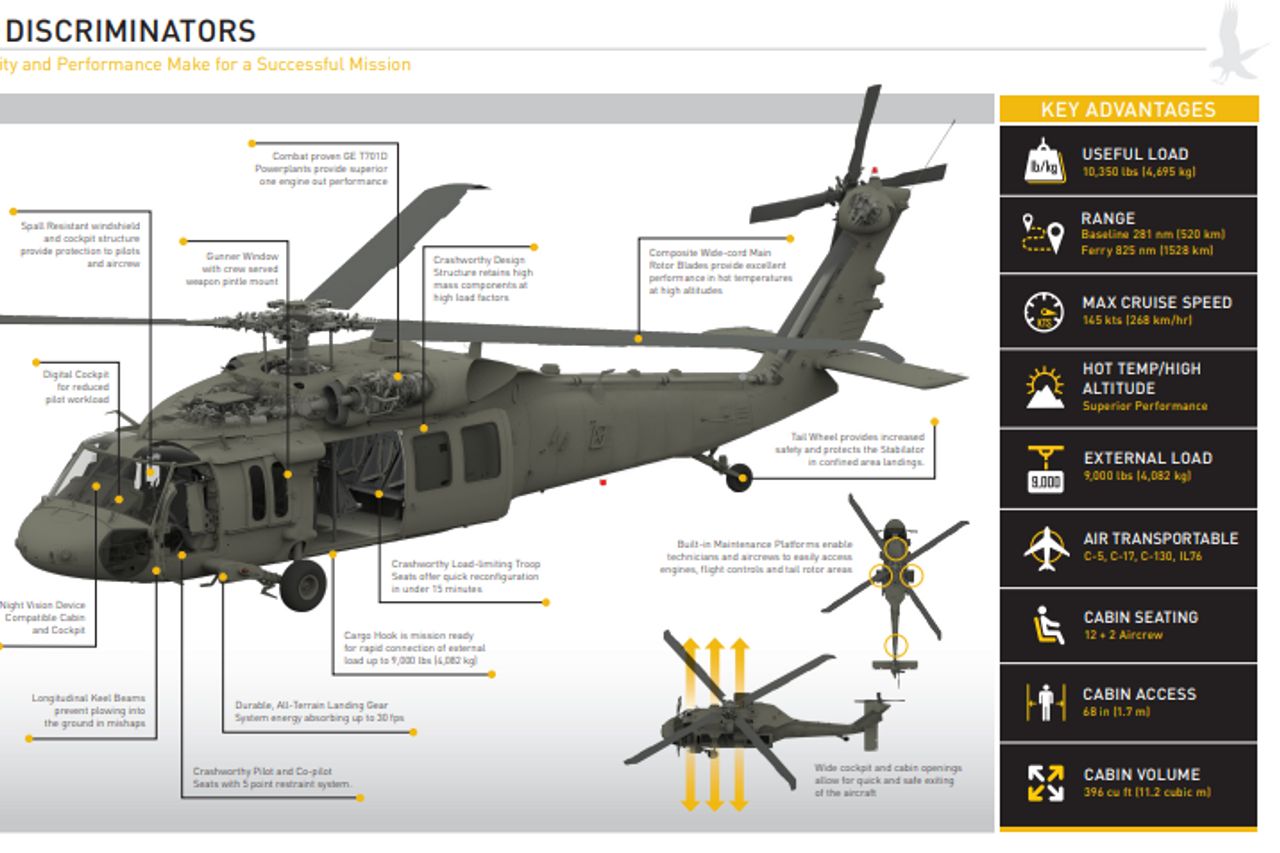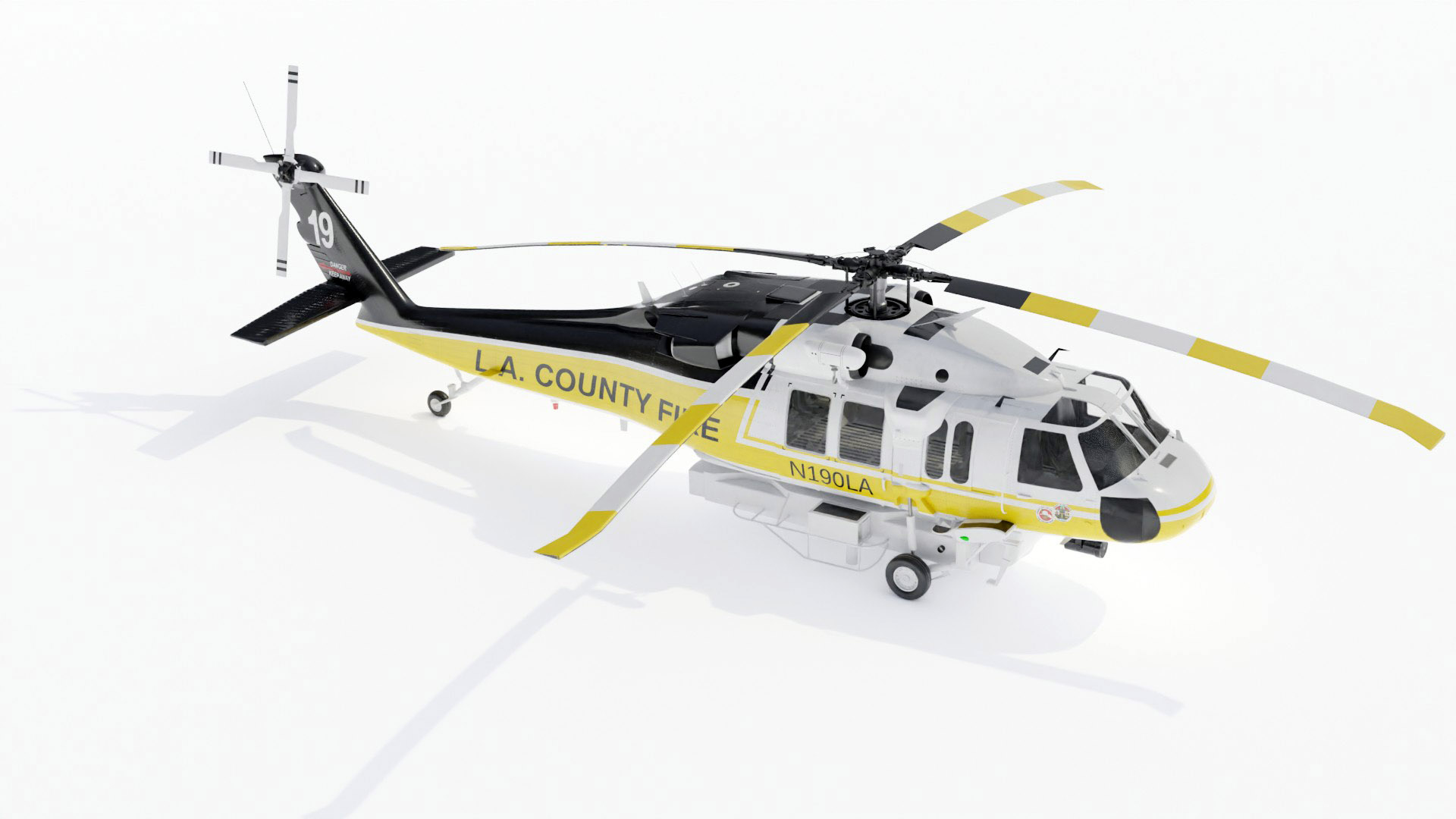Exploring the Abilities of the Sikorsky S 70: A Comprehensive Testimonial
Exploring the Abilities of the Sikorsky S 70: A Comprehensive Testimonial
Blog Article
High-Performance Multi-Role Rotorcraft Featuring Advanced Cabin Technologies and Integrated Sensing Unit Equipments
The world of rotorcraft technology has actually seen noteworthy developments in recent times, especially in the world of high-performance multi-role rotorcraft geared up with cutting-edge cockpit technologies and seamlessly integrated sensing unit systems. These technologies have not only enhanced the operational abilities of rotorcraft yet have likewise dramatically impacted modern-day aeronautics operations on various fronts. From improved objective convenience to improved operational effectiveness, the merging of advanced cabin modern technologies and integrated sensor systems has actually ushered in a brand-new era of possibilities for rotorcraft applications. In the complying with conversation, we will discover the advancement of rotorcraft technology, look into the realm of innovative cockpit developments, and take a look at the effects of incorporated sensor systems on the operational versatility and efficiency of modern-day rotorcraft.
Development of Rotorcraft Innovation
The development of rotorcraft modern technology has been noted by considerable innovations in the rules of aerodynamics, materials, and propulsion systems, shaping the capabilities and performance of contemporary rotorcraft. Aerodynamic improvements have actually enhanced the performance and maneuverability of rotorcraft, enabling increased speed, dexterity, and stability during trip (sikorsky s 70). Advancements in materials, such as the usage of composite products and advanced alloys, have brought about lighter yet stronger rotorcraft structures, boosting overall efficiency and resilience. Furthermore, innovations in propulsion systems, including much more effective engines and innovative propulsion modern technologies, have enabled rotorcraft to accomplish greater altitudes, faster rates, and better payloads.
These advancements have not only transformed the capabilities of rotorcraft but have likewise increased their applications across numerous markets, including army, commercial, and emergency services. The constant development of rotorcraft technology continues to drive development in the area, pushing the boundaries of what is feasible and forming the future of upright flight.
Advanced Cockpit Innovations
Building upon the foundational developments in aerodynamics, materials, and propulsion systems, the world of rotorcraft innovation now shifts emphasis in the direction of pioneering Advanced Cockpit Innovations. The integration of advanced technologies within the cabin atmosphere plays a critical duty in boosting the functional capabilities, safety, and efficiency of modern-day rotorcraft. sikorsky s 70. Advanced Cockpit Innovations encompass a broad array of attributes designed to provide pilots with enhanced situational awareness, structured data monitoring, and instinctive control user interfaces
Among the vital innovations in cabin design is the implementation of glass cabins, which change standard analog gauges with high-resolution display screens. These digital systems use customizable designs, real-time data combination, and improved readability, making it possible for pilots to gain access to important info at a look. Advanced avionics systems, such as fly-by-wire controls and increased fact displays, are reinventing how pilots communicate with the airplane, enabling for accurate control and improved decision-making capabilities.


Including sophisticated cabin advancements not only improves pilot performance however also adds to overall goal effectiveness and safety and security in complex functional settings. By leveraging cutting edge technologies within the cabin, rotorcraft makers are establishing new standards for functional excellence and objective success.
Integrated Sensing Unit Equipments
With the evolution of rotorcraft innovation, the assimilation of advanced Integrated Sensor Solution has actually come to be critical in improving functional performance and safety. These Integrated Sensor Systems encompass a large variety of modern technologies that provide vital information for different features such as navigating, security, targeting, and ecological surveillance. By flawlessly integrating sensors like radars, cams, lidar, and infrared systems into rotorcraft, operators can gain from boosted situational understanding, enhanced goal capabilities, and decreased pilot workload.
One key advantage of Integrated Sensor Systems is their ability to collect real-time information and give workable insights to pilots and mission operators. Progressed radar systems can find and track targets over long distances, permitting for very early hazard discovery and reliable feedback preparation. In addition, incorporating electro-optical and infrared cameras enables rotorcraft to perform reconnaissance and security goals with accuracy and accuracy.
Basically, the assimilation of sophisticated sensing unit innovations right into rotorcraft not just improves functional efficiency however also adds significantly to total mission success and crew safety and security. As rotorcraft remain to advance, the function of Integrated Sensing unit Solution will unquestionably remain at the leading edge of innovation in the aerospace market.
Functional Flexibility and Performance
Enhancing operational adaptability and performance in rotorcraft is a natural development from the assimilation of advanced Integrated Sensing unit Equipments. By leveraging the data and understandings given by these advanced sensor systems, rotorcraft can enhance their efficiency across various objectives and go to this web-site settings.
Functional flexibility includes the capability of rotorcraft to adjust to various roles and scenarios effectively. With sophisticated cabin modern technologies and incorporated sensing unit systems, rotorcraft can seamlessly transition between tasks such as search and rescue, medical emptying, security, and extra. visit site This versatility enhances the rotorcraft's ability to satisfy diverse operational requirements without needing substantial reconfiguration.
Performance in rotorcraft operations is important for making best use of goal efficiency and resource usage. Integrated sensing unit systems play a pivotal role in boosting functional performance by supplying real-time information on climate condition, terrain mapping, target monitoring, and extra. This information allows pilots to make informed choices quickly, enhance flight courses, preserve fuel, and enhance total goal efficiency.
Influence on Modern Aviation Procedures

Moreover, the integration of sophisticated sensors assists in improved objective preparation and implementation, allowing rotorcraft to perform a wide variety of jobs with boosted precision. From search and rescue procedures to airborne firefighting and legislation enforcement goals, the capabilities of contemporary rotorcraft outfitted with sophisticated cabin technologies and integrated sensing unit systems are exceptional.
Moreover, the effect of these developments expands beyond operational performance to cost-effectiveness and sustainability. By enhancing trip routes, fuel intake, and upkeep schedules, high-performance rotorcraft outfitted with advanced cabin technologies and sensors contribute to minimizing functional expenses and environmental impact, making them crucial properties in modern-day air travel procedures.
Conclusion
To conclude, the high-performance multi-role rotorcraft with innovative cabin technologies and incorporated sensor systems represents a substantial development in aviation innovation. These developments improve functional flexibility and effectiveness, ultimately influencing modern-day aeronautics procedures in a positive way. The integration of these advanced technologies enables boosted capacities and efficiency in different mission scenarios, showcasing the proceeded advancement of rotorcraft technology in the aeronautics sector.
The world of rotorcraft innovation has seen significant innovations in current times, specifically in pop over to these guys the world of high-performance multi-role rotorcraft furnished with sophisticated cockpit modern technologies and flawlessly incorporated sensor systems. From enhanced mission convenience to boosted functional performance, the merging of sophisticated cabin technologies and integrated sensing unit systems has ushered in a new age of opportunities for rotorcraft applications. In the complying with discussion, we will check out the advancement of rotorcraft technology, dive into the realm of innovative cockpit innovations, and take a look at the implications of incorporated sensing unit systems on the operational convenience and effectiveness of modern rotorcraft.

Report this page